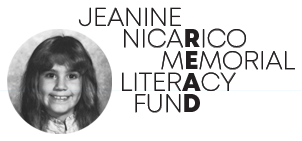An integrative writing experience utilizing videoconferencing with a nonfiction author collaborating with teachers and students to develop a sense of excitement, joy and confidence in writing. This involvement can lead students to be self-directed, lifelong writers and readers of nonfiction text.
